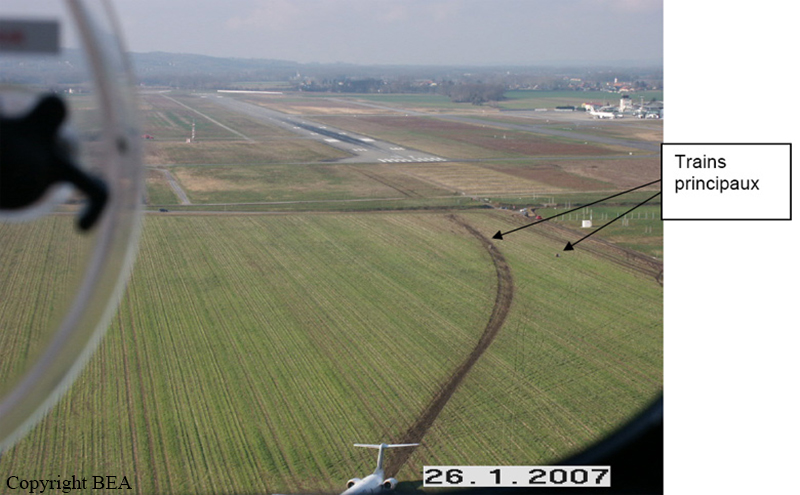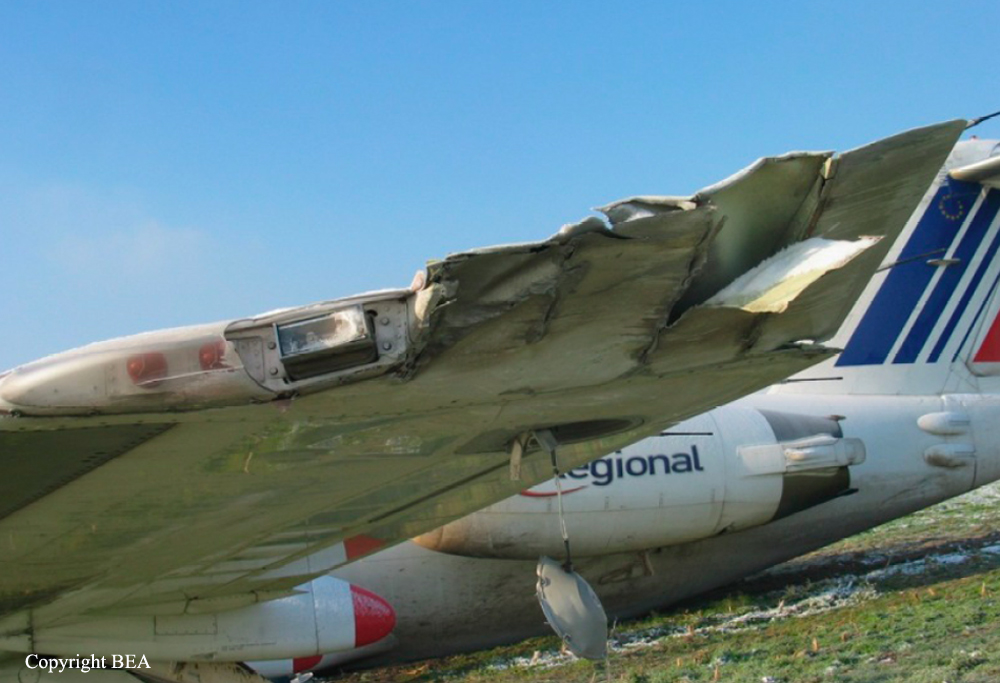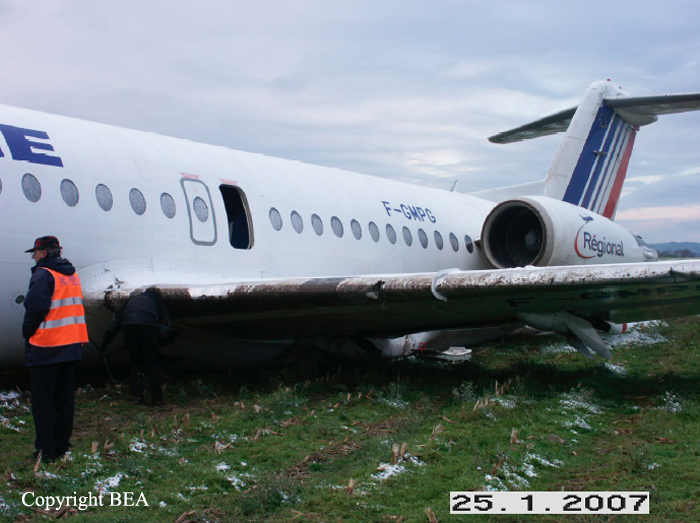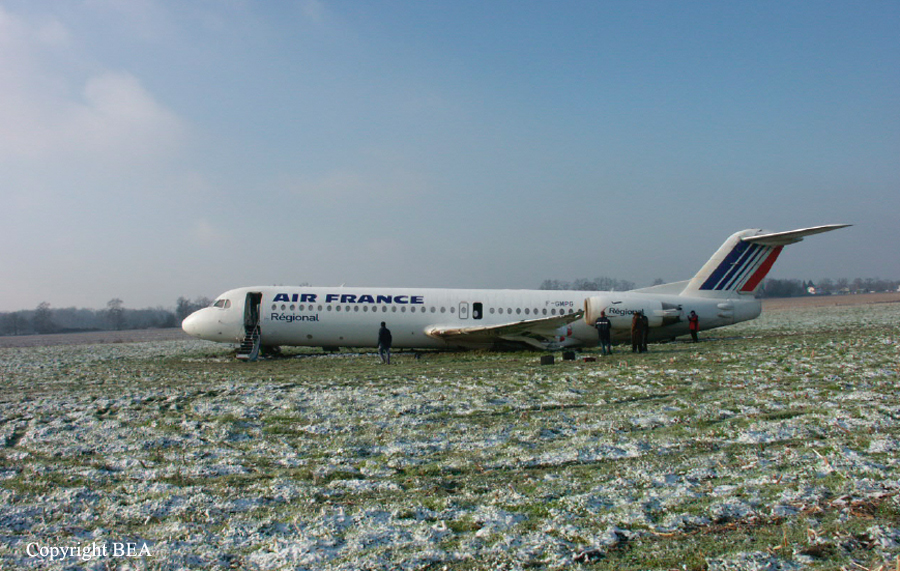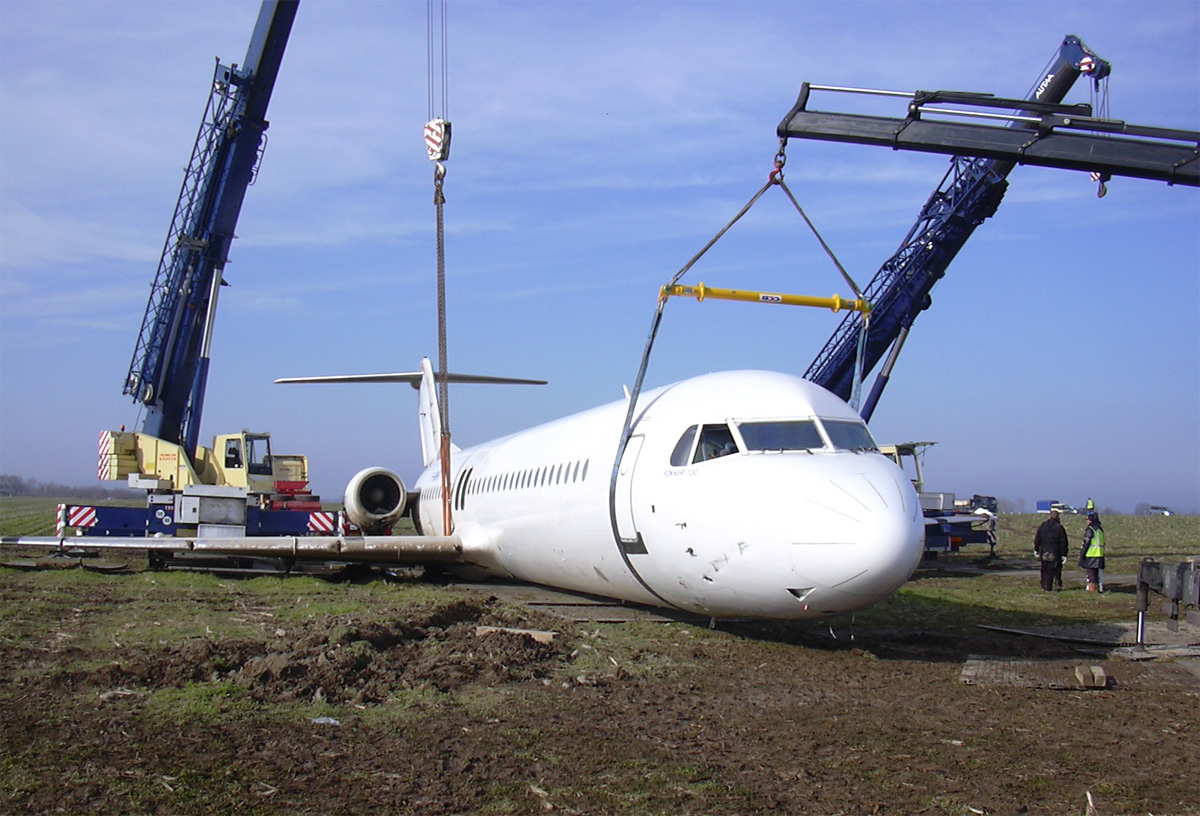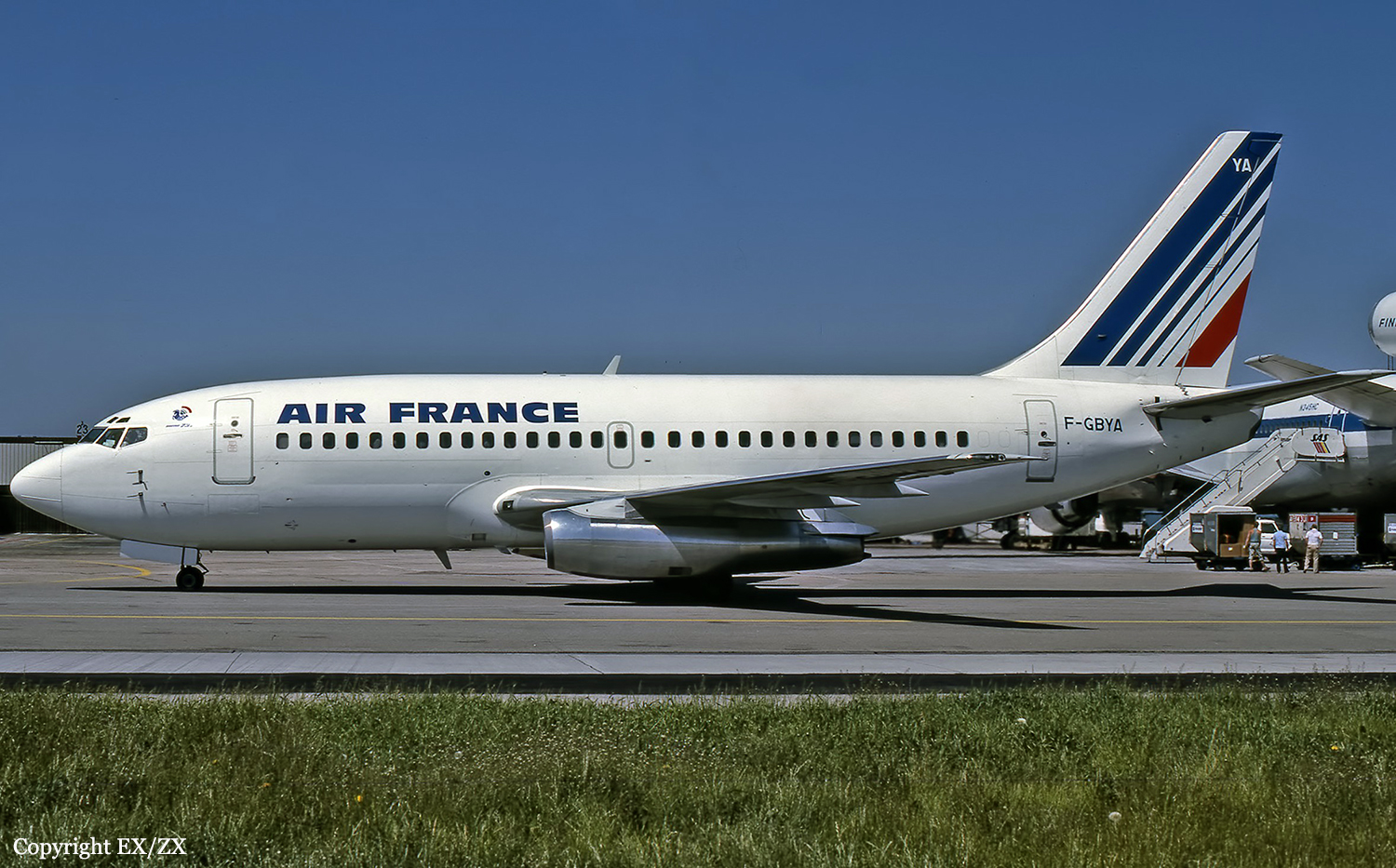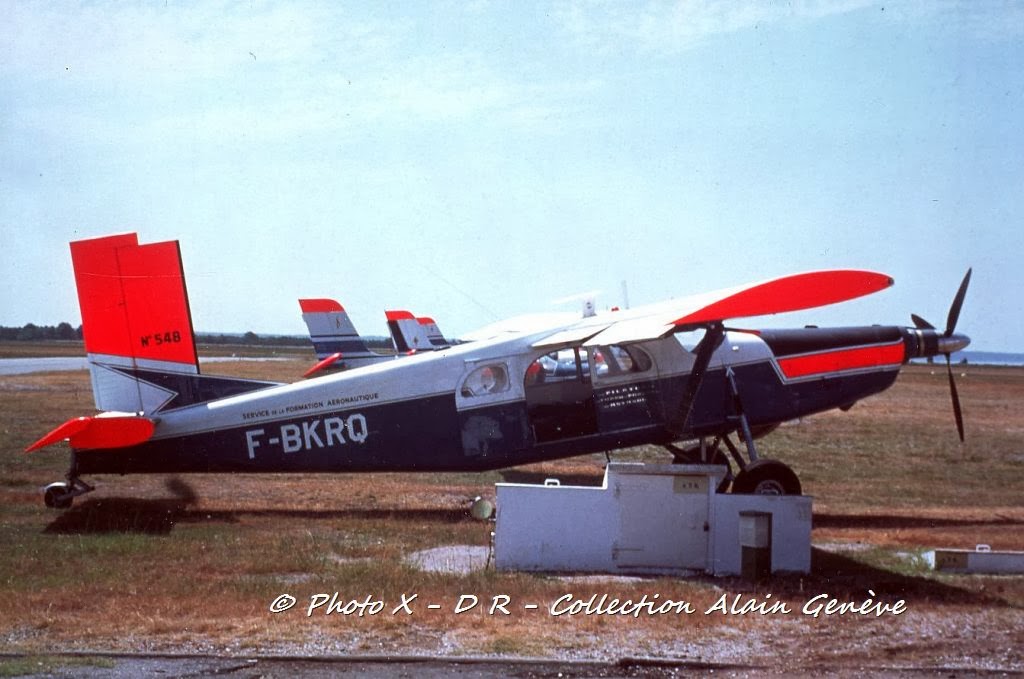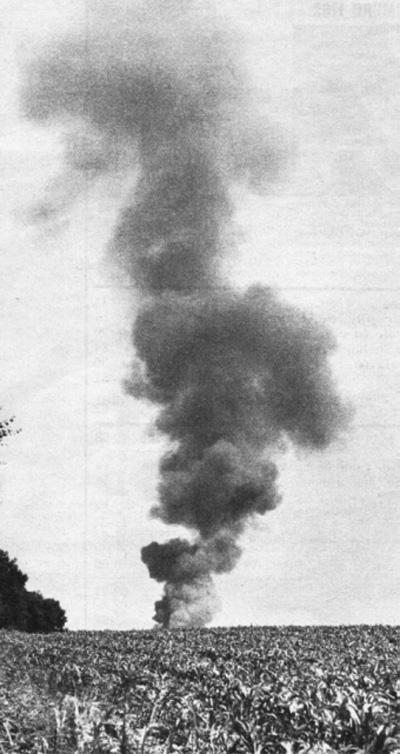Crash of a Fokker 100 in Pau: 1 killed
Date & Time:
Jan 25, 2007 at 1124 LT
Registration:
F-GMPG
Survivors:
Yes
Schedule:
Pau - Paris
MSN:
11362
YOM:
1991
Flight number:
AF7775
Crew on board:
4
Crew fatalities:
Pax on board:
50
Pax fatalities:
Other fatalities:
Total fatalities:
1
Captain / Total hours on type:
2948.00
Copilot / Total hours on type:
287
Aircraft flight hours:
28586
Aircraft flight cycles:
34886
Circumstances:
Following a normal takeoff acceleration on runway 13 at Pau-Pyrénées Airport, the pilot-in-command started the rotation when the aircraft immediately rolled to the left. Then it rolled to the right and to the left again, lost height, struck the ground and bounced. At a speed of about 160 knots, the crew reduced the engine power when the aircraft rolled to the right of the runway, struck the perimeter fence then collided with a truck driving along a road. Upon touchdown, both main landing gears were torn off and the aircraft slid on its belly before coming to rest in an open field located 535 metres past the runway end. All 54 occupants evacuated safely while the aircraft was damaged beyond repair. The truck's driver was killed while his colleague was seriously injured.
Probable cause:
The accident resulted from a loss of control caused by the presence of ice contamination on the surface of the wings associated with insufficient consideration of the weather during the stopover, and by the rapid rotation pitch, a reflex reaction to a flight of birds.
Contributing factors:
- Limited awareness within the aviation community regarding the risks associated with the icing on the ground and changes in the performance of the aircraft involved in this phenomenon;
- The sensitivity of small aircraft not equipped with burners to the effects of ice on the ground;
- Insufficient awareness of the crew of procedures for the tactile verification of the condition of the surfaces in icing conditions and the lack of implementation by the operator of an adapted organization;
- The ordinary aspect of the flight including the weather encountered, which was not likely to incite the crew to particular vigilance.
Contributing factors:
- Limited awareness within the aviation community regarding the risks associated with the icing on the ground and changes in the performance of the aircraft involved in this phenomenon;
- The sensitivity of small aircraft not equipped with burners to the effects of ice on the ground;
- Insufficient awareness of the crew of procedures for the tactile verification of the condition of the surfaces in icing conditions and the lack of implementation by the operator of an adapted organization;
- The ordinary aspect of the flight including the weather encountered, which was not likely to incite the crew to particular vigilance.
Final Report:

